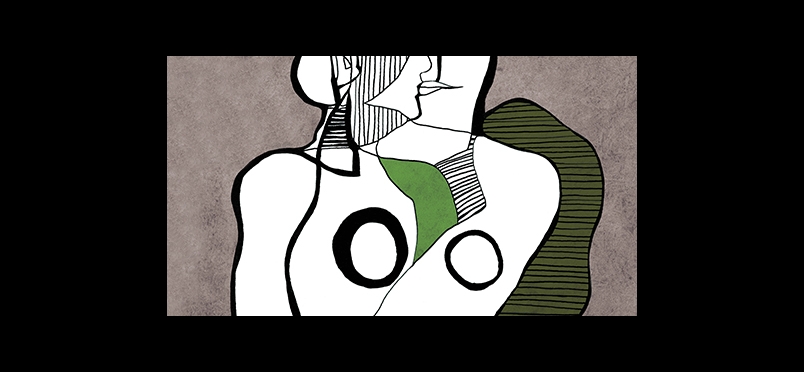| physical therapy
Treatment for Amplified Pain Syndrome: Sending More Pain Signals

Pain-Provoking Physical Therapy May Reduce Pediatric Pain Perception
A story aired recently on the National Public Radio program Invisibilia explores a controversial treatment approach to a puzzling pediatric pain presentation that for the past decade has been labeled amplified pain. The term refers to a variety of pain diagnoses, including complex regional pain syndrome, that are characterized by escalating pain which migrates from one area of the body to another, is resistant to pharmacological intervention, and severely impedes physical function and quality of life. After ruling out physiological explanations for these patients’ condition, David Sherry, MD, pediatric rheumatologist at Children’s Hospital of Philadelphia, believes that pain-provoking physical therapy may be the most effective treatment approach. In Dr. Sherry’s words: “Put them in pain to get them better.”
Dr. Sherry hypothesizes that inducing pain in patients with amplified pain syndrome can provoke changes in the brain that result in reduced pain perception. The Children’s Mercy Rehabilitation for Amplified Pain Syndromes Program (RAPS), Kansas City, Missouri, is among the facilities offering treatment based on the approach. Program Director Cara Hoffart, DO, said that the intent of the RAPS program is to gradually retrain participants’ brains, noting that if walking is painful and the patient stops walking, “Your nerves just heard from you that walking is dangerous because you stopped. So next time you start walking, they'll remember that... you actually just empowered them to send more pain signals.” Practitioners stress that the therapy acknowledges the reality of their patients’ pain and is designed to provide tools that they can engage to help manage the stress and emotional turmoil that can provoke the nervous system.
Read about the Invisibilia episode, with links to more resources and information.
Did you enjoy this article?
Subscribe to the PAINWeek Newsletter
and get our latest articles and more direct to your inbox
